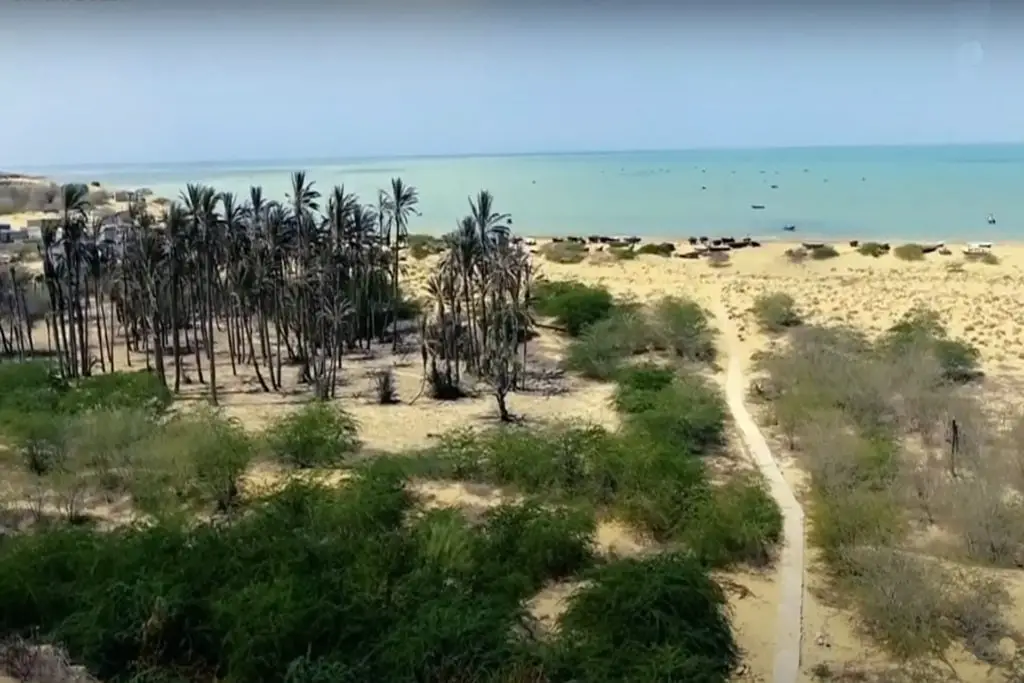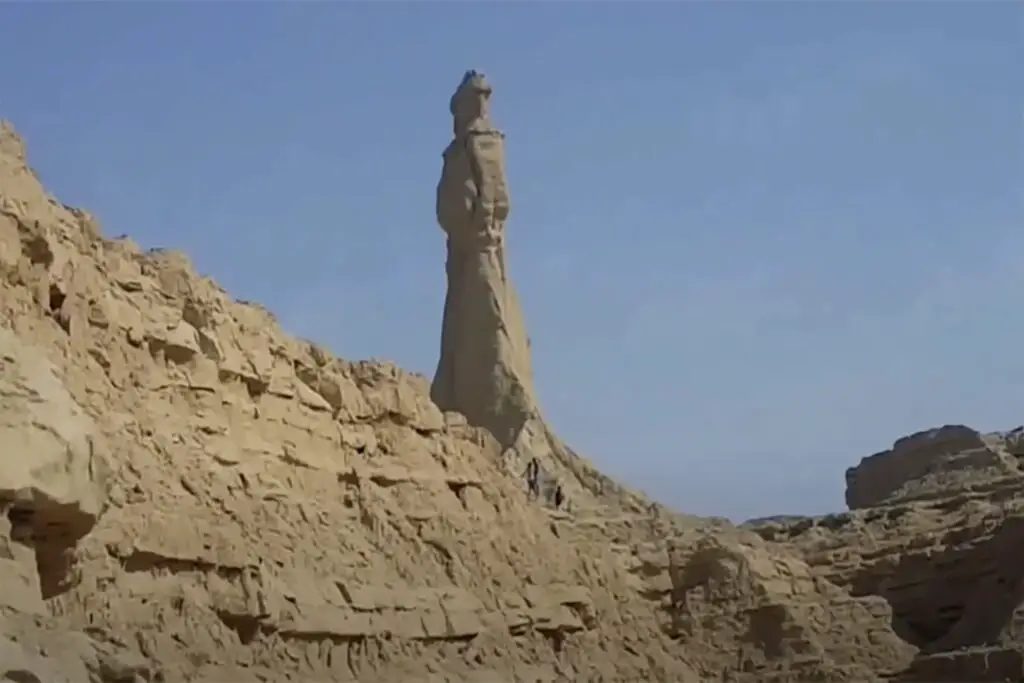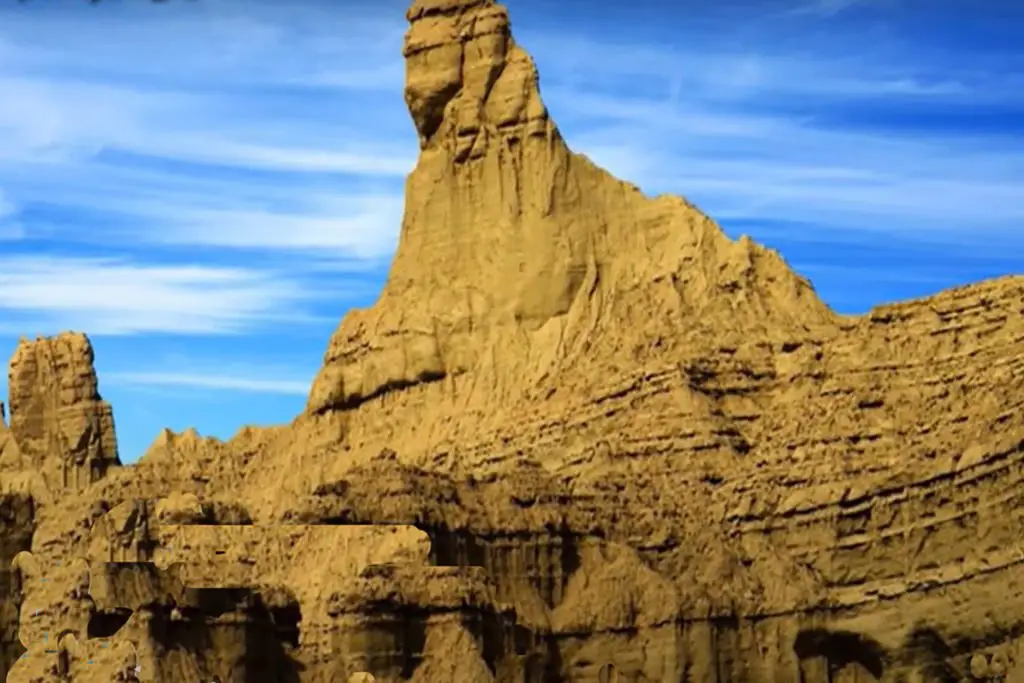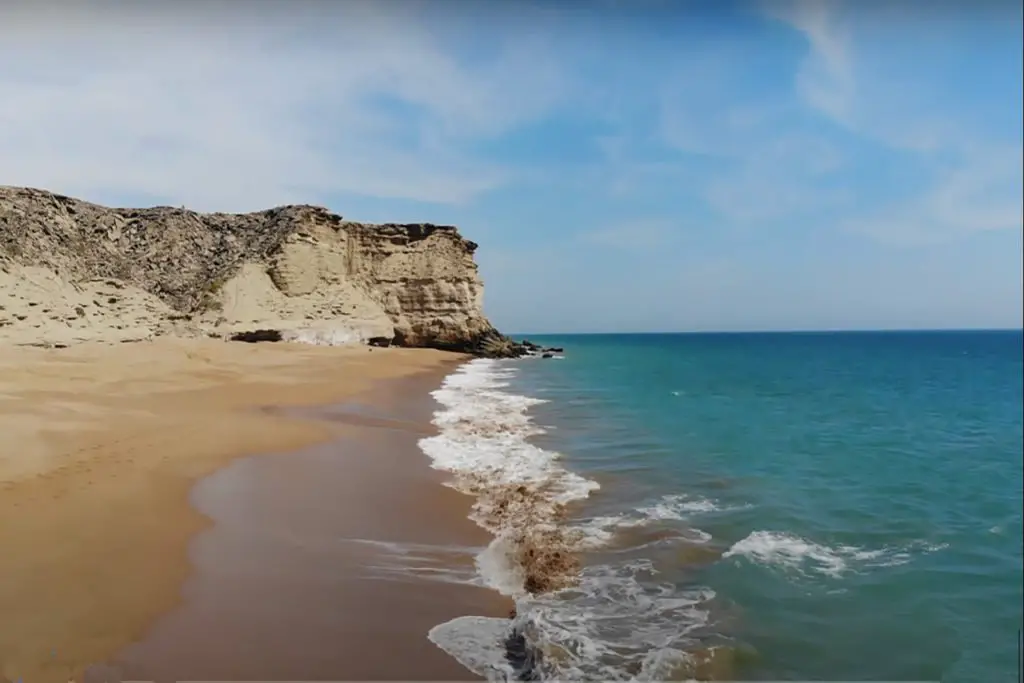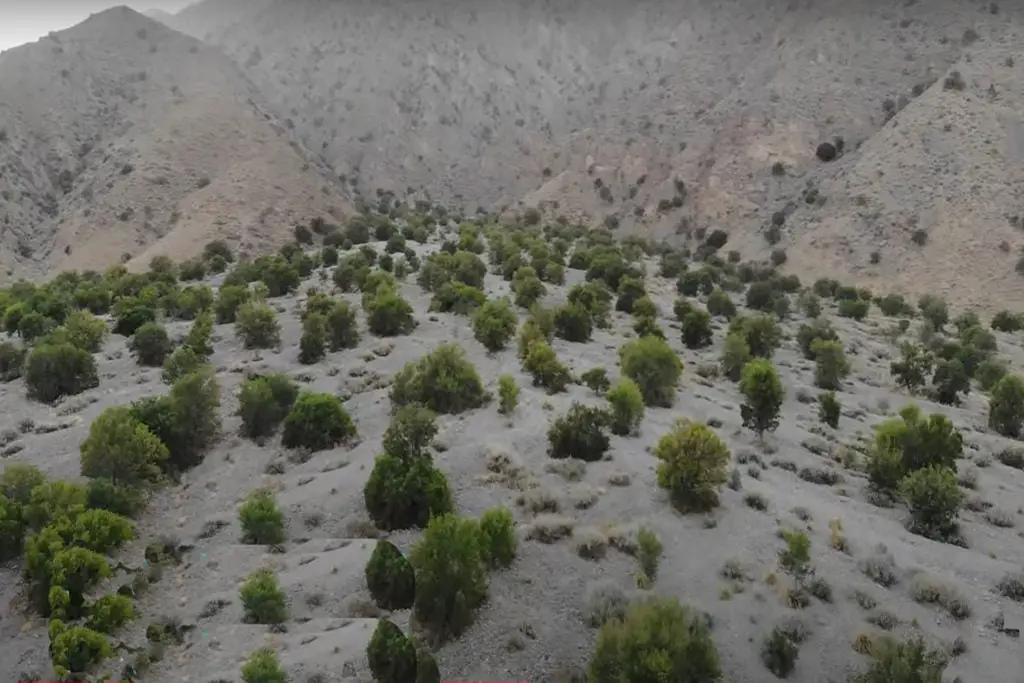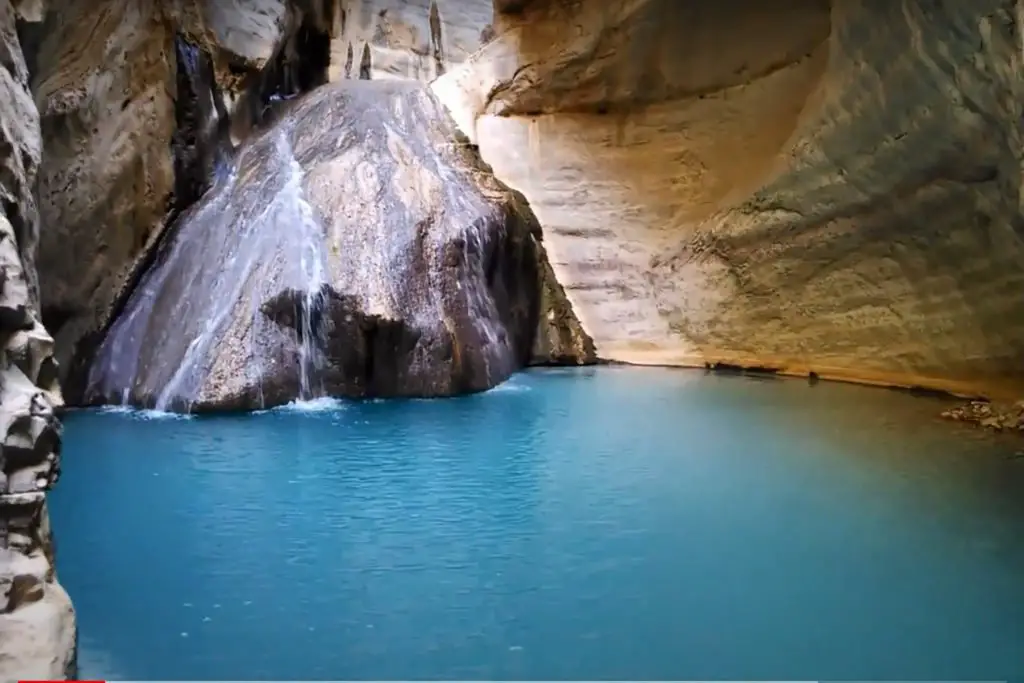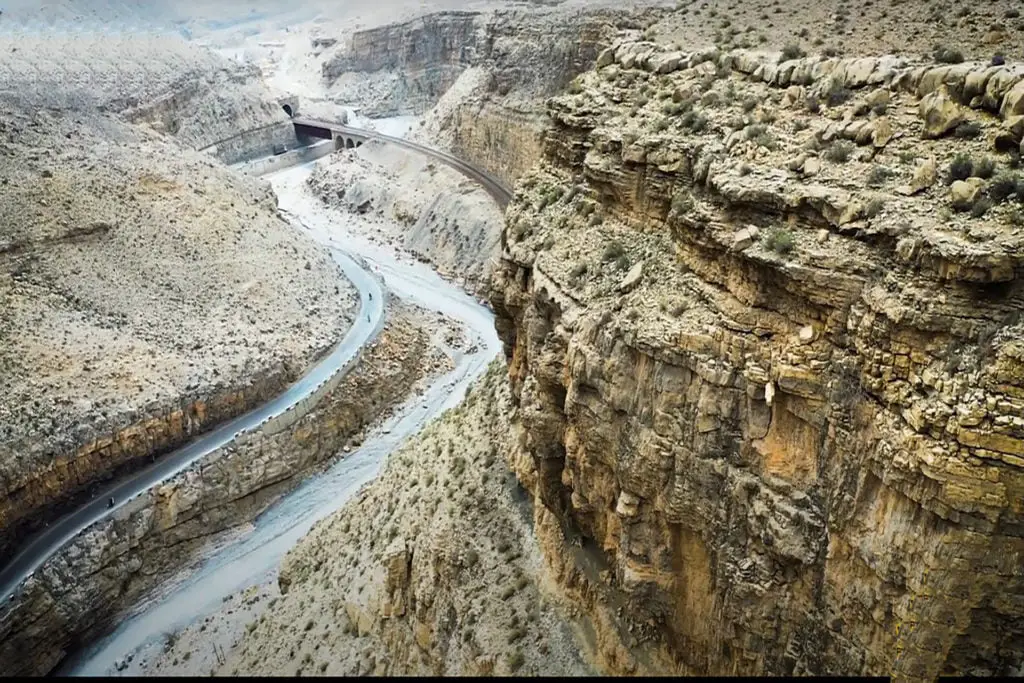Jiwani Coastal Wetland is a wetland located in Balochistan, Pakistan near the town of Jiwani. The site is one of 19 Ramsar sites in Pakistan and was listed in 2001.
Jiwani Coastal Wetland Location
Jiwani Coastal Wetland is located on the edge of Gawader Bay along the Dasht River Delta near the town of Jiwani in the Gwadar District of Balochistan. The wetland covers an area of 11,367 acres (46.00 km2) and extends westward toward the Iranian border and is adjacent to Iran’s Gulf of Gowater.
The Gulf’s waters are partitioned into two sections: the Gulf of Gawater and the Gulf of Gowater. On the eastern coast, a region known as Dran features a combination of sandy beaches and rocky cliffs. Moving toward the Iranian border, the landscape transitions to a flat and low-lying swampy terrain. The prevailing climatic conditions in the area are characterized by aridity and minimal rainfall.
The primary source of fresh water for the mangrove forest and the surrounding region is the Dasht River. In addition to the river’s contribution, the area receives seasonal rainwater runoff from the nearby hills.
What is Coastal Wetland
The phrase “coastal wetlands” refers to a stretch of land that is regularly or intermittently inundated with freshwater, slightly salty, or saline water. These areas are characterized by a diverse array of plant species that have evolved to thrive in response to the extent of flooding, the nature of the available water, and the specific soil conditions of the wetland.
Types of Coastal Wetland
- Salt marshes.
- Freshwater marshes.
- Seagrass beds.
- Mangrove swamps.
- Forested swamps.
Importance of Coastal Wetland
Coastal wetlands are a very productive and important habitat for a variety of plants, fish, shellfish, and other wildlife. Wetlands also give protection against floods, storms, and wave damage.
Wetland also provides water quality improvement through filtering of agricultural and industrial waste, and recharge of aquifers.
Flora and fauna at Jiwani Coastal Wetland
The Jiwani coast provides two main ecological habitats; mangrove swamps and sandy beaches. The site near the delta is marshy and swampy and covered by one of the three types of mangroves in Pakistan; Marina Avicennia.
Jiwani is also an important nesting site for the endangered Olive Ridley and Green Sea Turtles. The four turtle-nesting beaches are clustered on the eastern side of the coast and are considered to be one of the most important sites for sea turtles in Pakistan. Thousands of migratory birds are sighted in the region each year.
According to the book Avian Diversity of Jiwani Coastal Wetland, Pakistan, 112 species of birds have been recorded, of which 79 were migratory and 33 were resident. Of the 79 migratory species, 54 migrated during the winter, 11 during the summer, 10 were year-round visitors, and 3 species were vagrants.
Protection of Jiwani Coastal Wetland
The primary livelihood for the local residents revolves around fishing, yet there are growing apprehensions within conservation authorities regarding the proposals to allocate fishing rights and offshore drilling permits to foreign corporations.
The local community heavily relies on mangrove wood for domestic purposes, a practice that poses a significant threat to the mangrove forests. The Balochistan Conservation Strategy, aimed at fostering sustainable development in Balochistan, underscores the critical need to safeguard these coastal wetlands.
In 1999, WWF Pakistan initiated conservation efforts, including the Mangrove Conservation Project and the Turtle Conservation Project, designed to shield the wetlands from detrimental impacts and potential threats.
A substantial expanse of mangrove forests extends westward to the Iranian border, adjacent to Iran’s Govater Bay and the Hur-e-Bahu Ramsar site. This site holds particular significance as a nesting ground for the endangered Olive Ridley and Green turtles, especially along the four relatively broad and gently sloping sandy beaches in the eastern section of the site.
The practice of fishing is the predominant economic activity, involving various groups of people who have migrated from Iran and the far eastern regions of Pakistan, as well as descendants of traders and soldiers from North and East Africa and the Persian Gulf.
The provincial plans to grant fishing concessions to an American industrial fishing company and offshore drilling rights to a foreign oil corporation have raised concerns among conservation officials.

